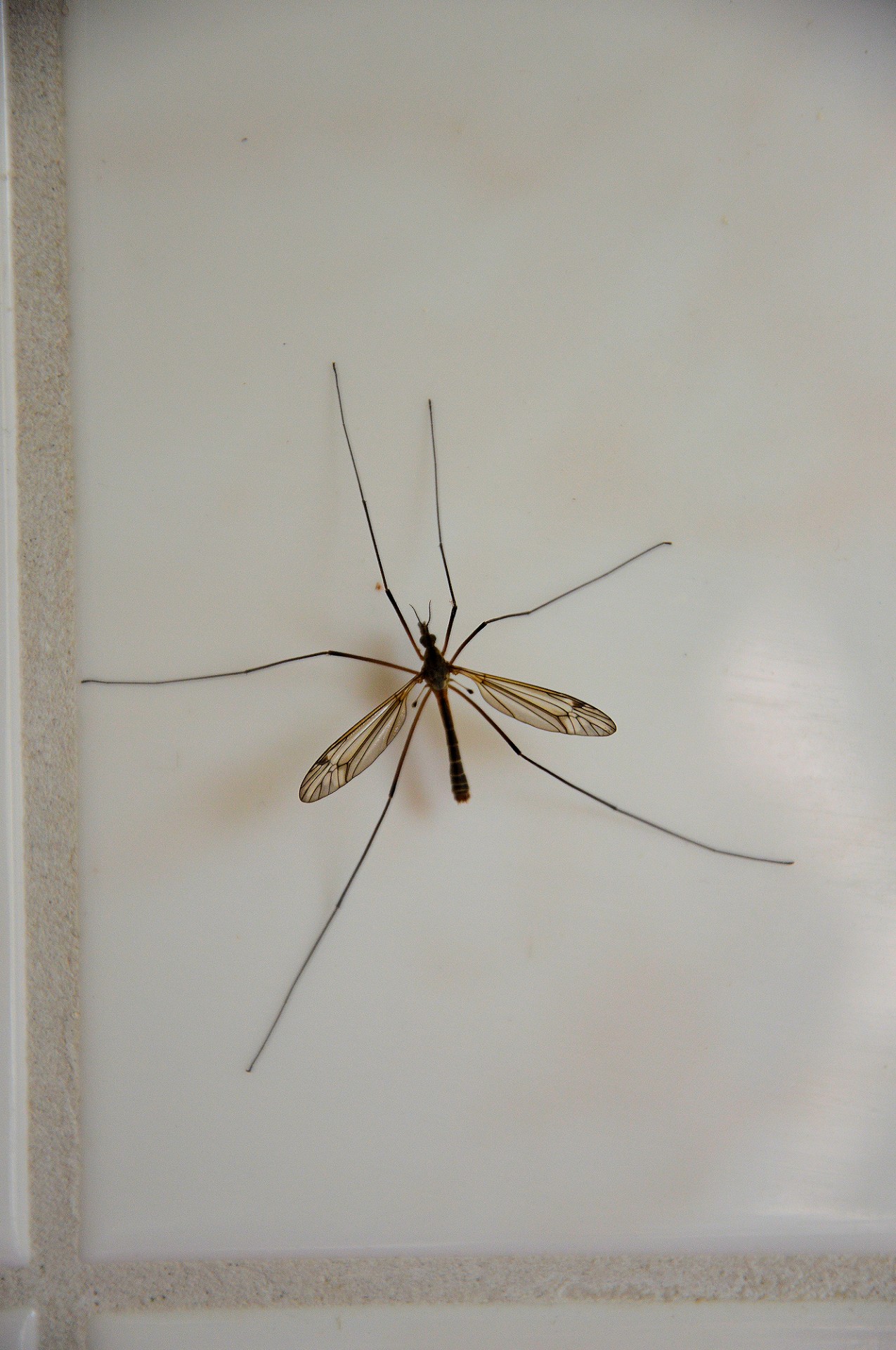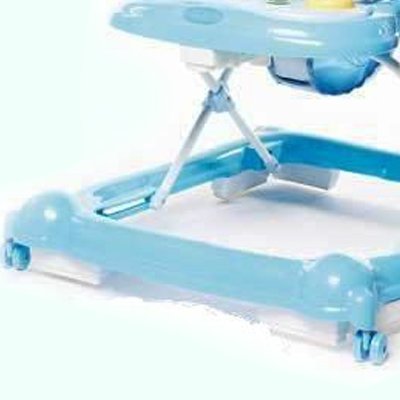What To Do When Treating Insect Bites
Most insect bites are harmless in the long run. There is usually no reason to see a doctor to identify what type of bites they may be, because the treatment is all the same: minimize itching and prevent infection. A doctor usually wouldn’t be able to determine what type of creature had your child for lunch. Follow these tips for treating insect bites correctly.
Treating insect bites starts with addressing the symptoms. l Itching: This can be treated a variety of over-the-counter itch-stopping products applied directly to the bite. One of our favorite instant-relief remedies for treating insect bites is a topical anesthetic gel (Itch-X). This may sting if the bite has been scratched open, but it works well otherwise. Pink Calamine lotion or anti-itch cream with calamine can be very effective for itching, but be aware that if placed on a bite that has been scratched open, it may increase the chance of scarring. In order to avoid overdose, do not use oral anti-itch products at the same time. l Stinging or Burning: Apply a cold washcloth to any particularly large, burning, stinging or itching bites. An ice cube rubbed around individual bites works too.
Flea bites and mosquito bites usually don’t require any special measures to prevent infection of the surrounding skin. Insect bites will normally have some amount of redness and swelling, as well as a bit of clear drainage. Spider bites, however, tend to create a much larger area of redness and swelling. While this is normal, it does increase the risk of infection developing in the bite. Before a bite becomes infected – here are some measures you can take to prevent a large spider bite from becoming infected. Follow these steps two or three times a day when treating insect bites so they don’t become infected:
If the red area around the bite continues to enlarge, becomes more swollen and painful, and starts to drain pus, then it has become infected. Here are some steps you should follow three times a day if this occurs:
If the redness and drainage continue to worsen, or your child develops fevers or red streaks extending out from the bite, then you should see your doctor right away. If it is after hours, you should page your doctor. Your child will probably need antibiotics to treat the infection. Retrieved from: www.goo.gl/h4ZZlS
|
|






.jpg)










